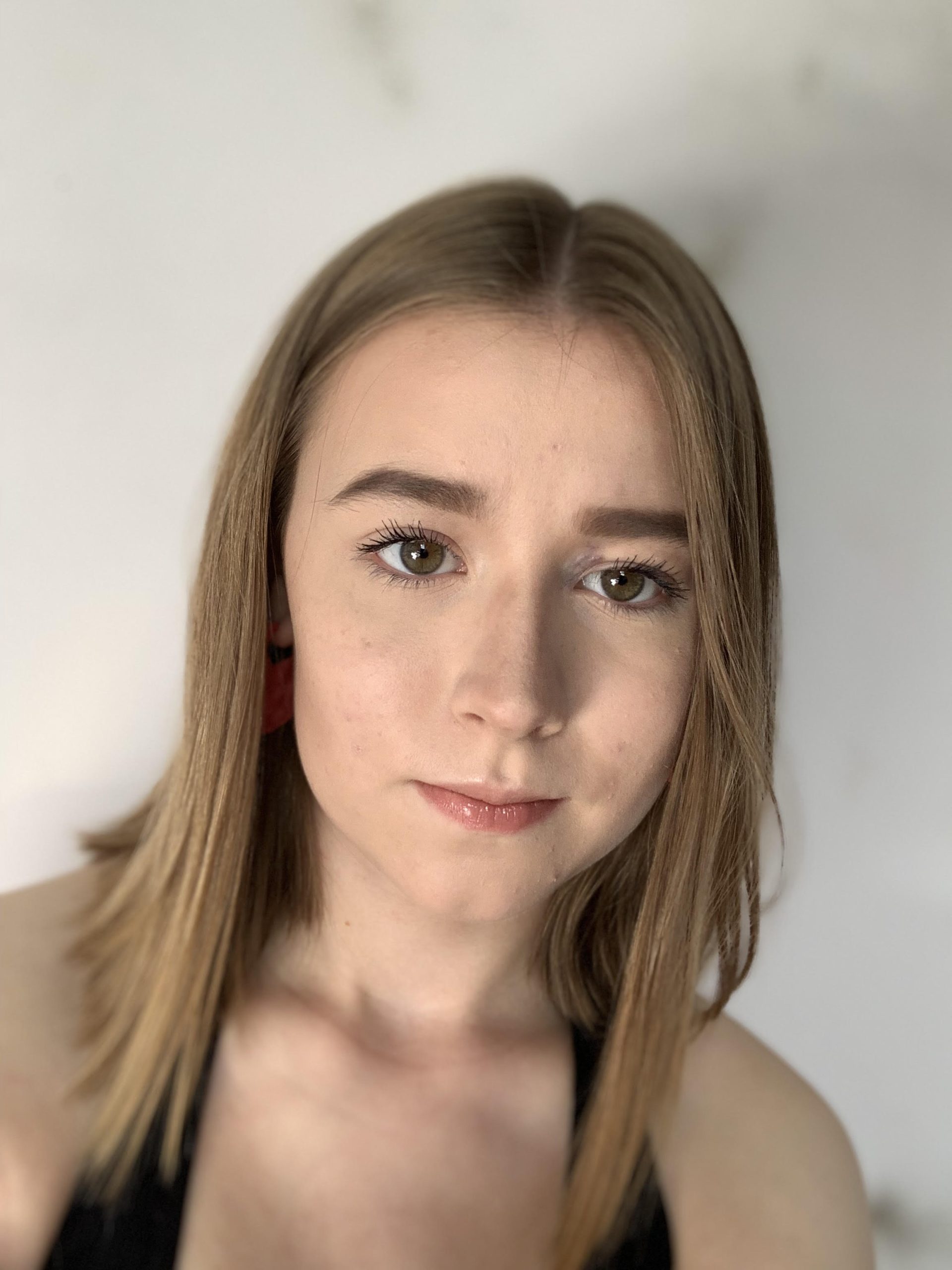
My honours project is an investigation into how fibres shed from filament polyester fabrics. I decided to write a dissertation instead of developing a collection. I was able to complete two excellent industry placements last year from these I was able to build on my sewing and pattern-cutting skills and work in a production environment. For my final project I decided to expand my skill set by learning industry standard testing methods and data analysis skills through a laboratory based project. I've spent my degree tackling projects with climate justice in mind. For my final project I was keen to incorporate my interests in climate issues. Fibre fragmentation is closely related area of research to microplastic pollution which has become an increasing concern amongst researchers in recent years. Working with PhD student Sophia Murden I feel my work has effectively contributed to this area of research and can be used practically to develop knowledge in the field.
SEM imaging of chosen polyester textiles.
These pictures were taken using a scanning electron microscope to analyse the fabric structure of the chosen sample fabrics. The fabric analysis was completed to indicate which fabric properties may impact the results giving a more comprehensive evaluation of the fibre fragmentation methods. Learning how to use the SEM developed my understanding of fabric analysis and textile production. Interestingly while writing my literature review, I found evidence that recycled polyester can shed more microfibres than virgin polyester fabrics, which promotes the idea of plastic free textiles rather than recycled synthetic textiles.
Wash Testing Fabrics
I washed the fabrics according to ISO standard testing methods that were adapted to analyse fibre fragmentation from textiles. The samples were washed in a Rota-wash that can replicate a normal wash cycle while containing the samples to small cannisters, which allowed me to collect all the water from the wash and filter it to gather the fibres lost. This picture shows the setup of the vacuum filtration process used to collect fibres shed from textiles during laundering. The fabrics were stored in the conditioned lab on campus, this allowed the textile to settle in moisture weight so testing was as controlled as possible.
Wear Testing Fabrics
To test the fabric’s fibre loss during wear I used an adapted standard abrasion test. This picture shows the Martindale machine used to abrade the fabrics. In this picture you can see the paper fibre guards I used to contain any fibre lost during testing. To collect the fibres, I used tape to capture any loose fibres on the surface, the tape was stuck to clear acetate so it could be analysed. By completing both wash and wear testing I was able to gain experience running a series of tests on multiple instruments which allowed me to further develop my understanding of textile testing and industry standards.
Quantification Methods
To quantify and analyse the fibres gathered during testing I used three different methods. A big part of my dissertation ended up exploring the efficacy of these methods. As there is no standard method for fibre fragmentation there are still many limitations with the methods used both in testing and quantification. Working with PhD student Sophia Murden, I was able to trial experimental methods. Comparison of the methods used highlighted flaws in even the most developed methods. Shown here are some edited filter images from wash testing. These pictures were used to analyse the filters visually, the unedited versions were used to manually count the fibres.
Data Analysis
I used Pearson's r (Pearson correlation coefficient) to analyse the relationship between testing parameters. Using a variety of analysis techniques, I was able to determine the reliability and repeatability of the quantification methods. Outlying points, as shown in these graphs, were then considered further in comparison with the fabric analysis to determine which fabric properties were likely to have impacted results. Learning how to analyse a set of data and evidence my findings with statistical tests has allowed me to build transferable data analysis skills and strengthen my logical reasoning.